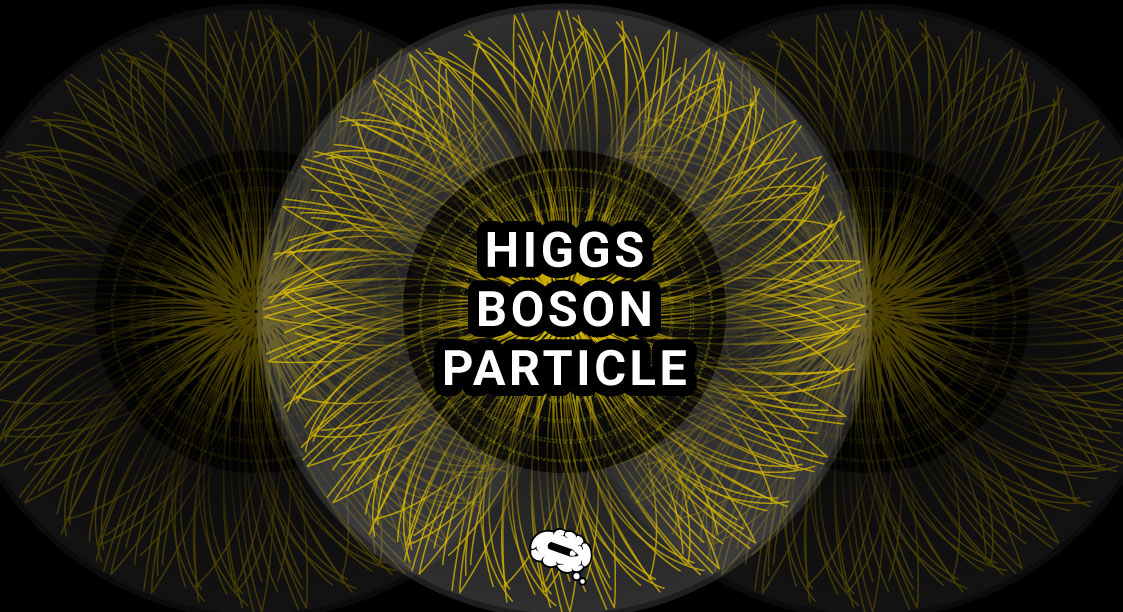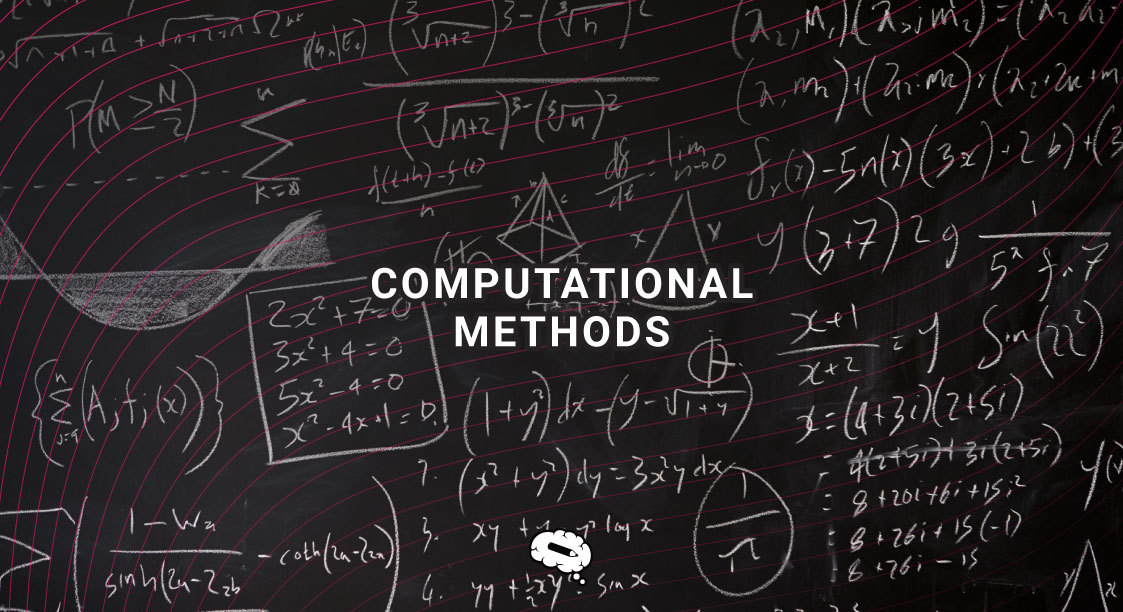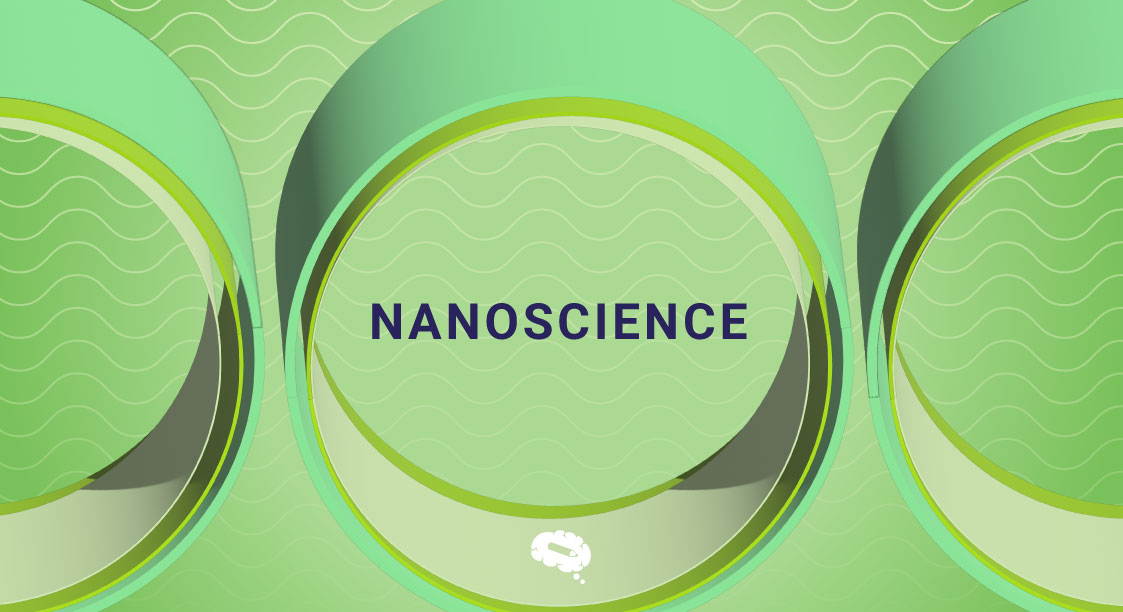Higgs boson particle, also known as the “God particle,” is a fundamental component of the universe that has fascinated physicists for decades. As the particle that gives mass to other elementary particles, it plays a crucial role in our understanding of the fundamental forces of nature. In the 1960s, the Standard Model of particle physics first proposed this elusive particle as part of the universe’s fundamental particles and forces. As we proceed through this blog, we will explore the higgs boson particle a little bit more in-depth!
What Is The Higgs Boson?
Scientists have been puzzling over the existence of the Higgs boson particle for years, as its existence is crucial to explaining why some particles have mass while others do not. The universe as we know it would not exist without the Higgs boson, which gives mass to particles like electrons and quarks.
Researchers at CERN (the European Organization for Nuclear Research) confirmed in 2012 that the Higgs boson exists after nearly five decades of research and billions of dollars in investment. Researchers were able to observe the Higgs boson in action using the Large Hadron Collider (LHC), the world’s largest and most powerful particle accelerator. In addition to validating the Standard Model, this discovery opened up new avenues for exploring the mysteries of the universe. This discovery has also helped to bridge the gap between particle physics and cosmology, providing a better understanding of the universe. In addition, it has enabled researchers to explore the development of new particle accelerators and technologies.
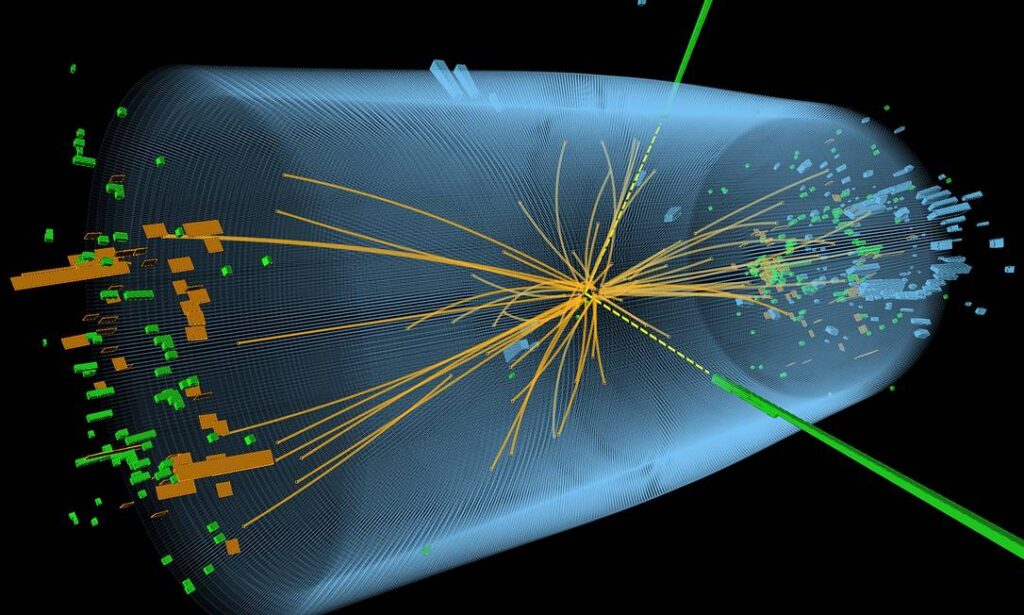
Image released by CERN shows a representation of the collision of protons in the experiment to search for the Higgs boson Photo: AFP
In order to understand how particles acquire mass, we need to understand the Higgs field. The Higgs field can be compared to a thick, invisible molasses that spreads throughout the universe. By interacting with this field, particles slow down, giving them mass as they move through it. The Higgs field interacts with particles differently, leading to their varying masses. In order to confirm the existence of the Higgs field, it was crucial to discover the Higgs boson, which is associated with disturbances or excitations in this field.
The Discovery Of The Higgs Boson
A fascinating story spanning nearly half a century led to the discovery of the Higgs boson. Physics researchers grappled with a significant problem in the early 1960s: how to explain the origin of mass for elementary particles within the Standard Model of particle physics. While the Standard Model successfully described three of the four fundamental forces in the universe-electromagnetism, weak nuclear force, and strong nuclear force-it lacked a mechanism to explain why particles have mass.
The Breakthrough
As a result of several physicists independently proposing a solution to this problem, a breakthrough was achieved in 1964. These researchers introduced a field that permeates all space, now known as the Higgs field, introduced by Peter Higgs, François Englert, and Robert Brout. They suggest that particles acquire mass through their interaction with this field. As a result of the presence of the Higgs field, a new particle, the Higgs boson, would exist.
There was no proof of the Higgs boson’s existence for decades. An enormous amount of energy was required to produce this elusive particle, making detection a challenge. CERN’s Large Hadron Collider (LHC) was the first facility to allow scientists to directly search for the Higgs boson in the early 21st century.
Key Scientists Involved
In order for the Higgs boson to be discovered, several key figures played a vital role. The Higgs particle is named after British physicist Peter Higgs. While Higgs’s work built on previous research, he was the first to explicitly predict the existence of a new particle.
Around the same time as Higgs, Belgian physicist François Englert and his colleague Robert Brout independently developed a similar theory. While Brout passed away in 2011, just before the Higgs boson was discovered, Englert and Higgs were jointly awarded the Nobel Prize in Physics in 2013.
The theoretical framework that predicted the Higgs boson was also greatly influenced by Gerald Guralnik, Carl Hagen, and Tom Kibble. Modern physics owes its greatest discovery to their combined efforts.
The Role Of The Large Hadron Collider (Lhc)
The Higgs boson was discovered at the Large Hadron Collider (LHC) at CERN, near Geneva, Switzerland. In high-energy collisions, the LHC accelerates protons to nearly the speed of light, making it the world’s largest and most powerful particle accelerator. In the aftermath of these collisions, scientists are able to probe the nature of matter in conditions similar to those that existed just after the Big Bang.
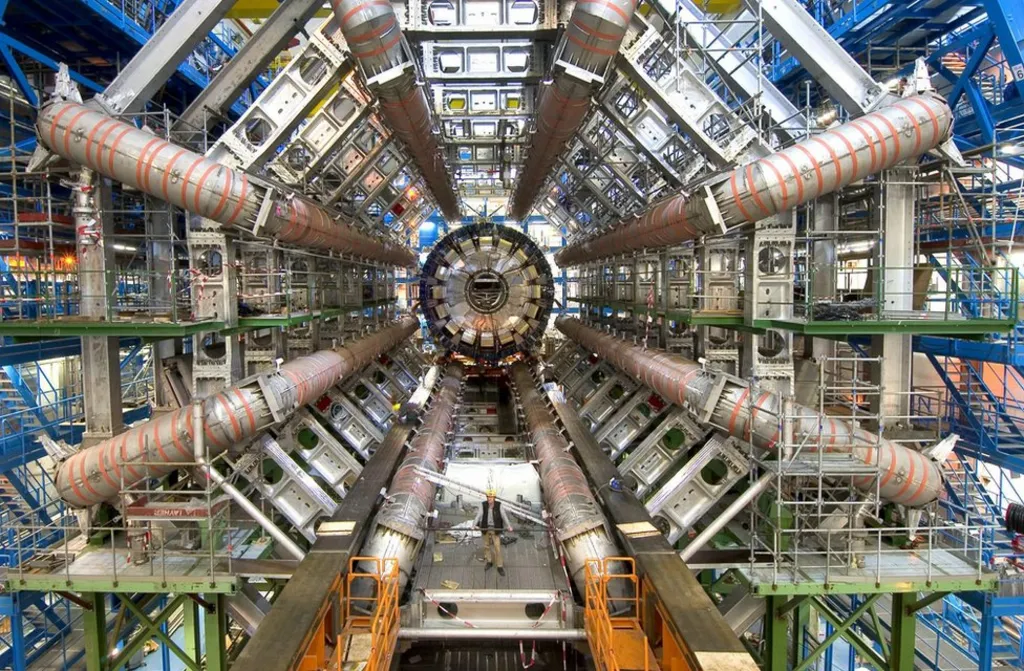
Atlas detector of CERN’s Large Hadron Collider being constructed in Geneva.
In 2008, the LHC began operating after years of planning and construction. Two key experiments, ATLAS and CMS, were conducted by scientists from around the world in order to search for the Higgs boson and other particles. Large detectors were used to track particles produced in high-energy collisions in these experiments.
A new particle consistent with the Higgs boson’s predicted properties was observed by both the ATLAS and CMS experiments on July 4, 2012. Approximately 125 giga-electron volts (GeV) was the mass of the particle, matching the expected Higgs mass range. As a result of this discovery, a critical piece of the Standard Model has been validated, and our understanding of the structure of the universe has been deepened.
The LHC’s success in discovering the Higgs boson was a testament to the collaborative nature of modern science, involving thousands of scientists, engineers, and technicians from all over the world. It marked a new era in particle physics, opening the door to further exploration of the subatomic world and the fundamental forces that govern it.
Implications Of The Higgs Boson Discovery
Confirmation Of The Standard Model Of Physics
In physics, the discovery of the Higgs boson was a monumental event, primarily because it confirmed the Standard Model, a theory that has been instrumental in understanding the fundamental particles and forces underlying the universe. According to the Standard Model, the Higgs boson is responsible for the Higgs field, an essential mechanism explaining why certain particles have mass while others don’t.
In this theoretical framework, the Higgs boson was the last missing piece before it was discovered. Experimental evidence for this theory was provided by the detection of the Higgs boson at CERN’s Large Hadron Collider (LHC) in 2012. In testing theoretical predictions with cutting-edge technology, this was not just a triumph for the Standard Model, but also for the broader scientific method.
Impact on Our Understanding of the Universe’s Fundamental Structure
Our understanding of the universe’s fundamental structure is profoundly affected by the Higgs boson’s existence. The Higgs field permeates all of space and interacts with elementary particles like quarks and leptons to give them mass. We would not be able to have matter as we know it without this field.
We have also gained a deeper understanding of the early universe, particularly the aftermath of the Big Bang, as a result of this discovery. It is believed that the Higgs field “switched on” during the universe’s infancy, leading to the formation of mass-bearing particles that led to the development of galaxies, stars, planets, and ultimately life. Thus, understanding the Higgs boson provides critical insights into the structure of the universe.
Potential Implications for Future Research and Technology
In addition to confirming what physicists already suspected, the Higgs boson also opened up new directions for research. Physics beyond the Standard Model has significant implications. Although extremely successful, the Standard Model does not account for gravity, dark matter, or dark energy, which make up most of the universe. These mysteries may be unraveled by the Higgs boson.
Dark matter may interact with the Higgs field, offering clues to its nature, according to some theories. Furthermore, studying the Higgs boson in greater detail might reveal new particles or forces, leading to a more comprehensive understanding of the universe.
As a result of the discovery, technological advances have already been made in data processing, materials science, and quantum computing. Technology developed for the LHC can be applied to other areas of science and engineering beyond particle physics.
Challenges and Controversies
Challenges Faced in Discovering
Modern physics has been challenged and ambitious by the discovery of the Higgs boson. There was a major problem due to the incredibly elusive nature of the Higgs boson, which has a short lifespan and is very rare. It required enormous energy levels to recreate the conditions of the early universe in order to detect it. CERN’s LHC, the world’s largest and most powerful particle accelerator, achieved this by smashing protons together at almost the speed of light.
It was also challenging to analyze such a large amount of data. In the LHC, protons collide trillions of times per second, most of which are background noise rather than evidence of the Higgs boson. A sophisticated detector, a huge amount of computing power, and advanced algorithms were needed to identify the Higgs boson’s specific signatures among this vast amount of data.
Controversies and Debates in the Scientific Community
In the scientific community, the discovery of the Higgs boson was not without controversy and debate. Various opinions existed about whether the particle even existed before it was discovered. A number of physicists have questioned the Standard Model’s reliance on the Higgs boson, suggesting alternative theories to explain particle mass.
Some skepticism remained even after the Higgs boson was discovered in 2012. Some critics suggested that what was observed might not be the Higgs boson as predicted by the Standard Model, but instead a different particle or variation thereof. The ongoing debate illustrates the complexities of particle physics and the cautious nature of scientific consensus, where new discoveries often raise more questions than answers.
The Cost and Scale of Experiments
One of the most significant scientific projects in history, the Large Hadron Collider, enabled the discovery of the Higgs boson. Despite this, both admiration and criticism have been expressed regarding the scale and cost of the LHC. It took nearly a decade for more than 10,000 scientists and engineers from over 100 countries to build the LHC. Estimates range from $4.75 billion to $9 billion for the LHC’s financial costs.
Taking into account the urgency of global issues, many critics have questioned the necessity of making such a large investment in fundamental research. Others argue that the money would have been better spent on more urgent concerns, such as healthcare or climate change. In contrast, proponents of the LHC and similar projects argue that fundamental research drives technological innovation and knowledge, often leading to unforeseen practical applications that benefit society in the long term.
While the discovery of the Higgs boson is a monumental achievement, it also serves as a reminder that the pursuit of knowledge, as well as practical considerations of resource allocation, requires a delicate balance. Major scientific breakthroughs are often accompanied by debates and challenges related to the Higgs boson.
Current and Future Research
Ongoing Research Related to the Higgs Boson
Researchers have been focused on understanding the Higgs boson’s properties since its discovery in 2012. Higgs boson mass, spin, and interaction strengths with other particles are of particular interest to physicists. There is a great deal of importance to these measurements since any deviation from the predicted values could indicate the existence of new physics.
Additionally, researchers are studying how the Higgs boson decays into photons, W and Z bosons, as well as even more exotic particles like dark matter candidates. It may be possible to use these decay channels to uncover connections between the Higgs field and other fundamental forces in the universe. They may also provide insight into the role of the Higgs boson in the universe.
What Scientists Hope to Discover Next
A significant milestone was reached with the discovery of the Higgs boson, but many questions were also raised. A key question is whether the Higgs boson exists as a solitary particle or as a member of a larger family of Higgs-like particles. There are some theories that suggest that there may be additional Higgs bosons, which could explain dark matter and the imbalance between matter and antimatter in the universe.
Physicists are also eager to discover physics beyond the Standard Model. Although the Standard Model has been extremely successful in describing fundamental particles and forces, it does not explain phenomena like gravity or dark energy. A more complete theory of the universe could be developed by studying the Higgs boson with greater precision.
New Experiments and Upgrades to the Large Hadron Collider
A significant upgrade has been made to the LHC at CERN in order to further explore the Higgs boson and its implications. In order to better manage particle beams and prepare for future high-luminosity operations, 16 new collimators have been installed. This upgrade is expected to allow for more accurate measurements of the Higgs boson and its properties, providing valuable insight into the universe.
With 13.6 trillion electron volts (TeV) collision energy, the LHC can now produce heavier particles and potentially unknown ones. In preparation for the HL-LHC project, cryogenic assemblies were installed as well as additional heat load measurement equipment. A compact superconducting crab cavity and niobium-tin (Nb3Sn) accelerator magnet will feature in the HL-LHC.
By upgrading the LHC, the data collection capability will be increased, its reliability will be improved, and new particle physics discoveries will be made possible. There is a lot to look forward to in the world of high-energy physics in the near future!
In addition to the LHC, other experiments, such as the Compact Linear Collider (CLIC) and the International Linear Collider (ILC), aim to provide a different collision environment (electron-positron collisions instead of proton-proton collisions). A cleaner measurement of the Higgs boson particle’s properties could be achieved with these experiments, opening up new research avenues.
It wasn’t the end of the story when the Higgs boson particle was discovered. In the future, we will be able to gain a deeper understanding of this elusive particle and its role in the universe as research continues. Researchers are exploring the Higgs boson to uncover new physics that could reshape our understanding of the fundamental forces governing the universe. The future of Higgs boson research looks bright and promising with advanced experiments like the HL-LHC and potential new colliders on the horizon.
Your Creations Are Ready Within Minutes!
Engage your audience with visually appealing visuals crafted from your research, saving you time and capturing their attention. Whether it’s intricate data sets or complex concepts, Mind the Graph empowers you to create engaging infographics. Our intuitive platform allows you to quickly create stunning visuals that effectively communicate your ideas. Our team of experts is available to provide you with support and guidance if needed. Start creating today and make a lasting impression. Visit our website for more information.

Subscribe to our newsletter
Exclusive high quality content about effective visual
communication in science.

